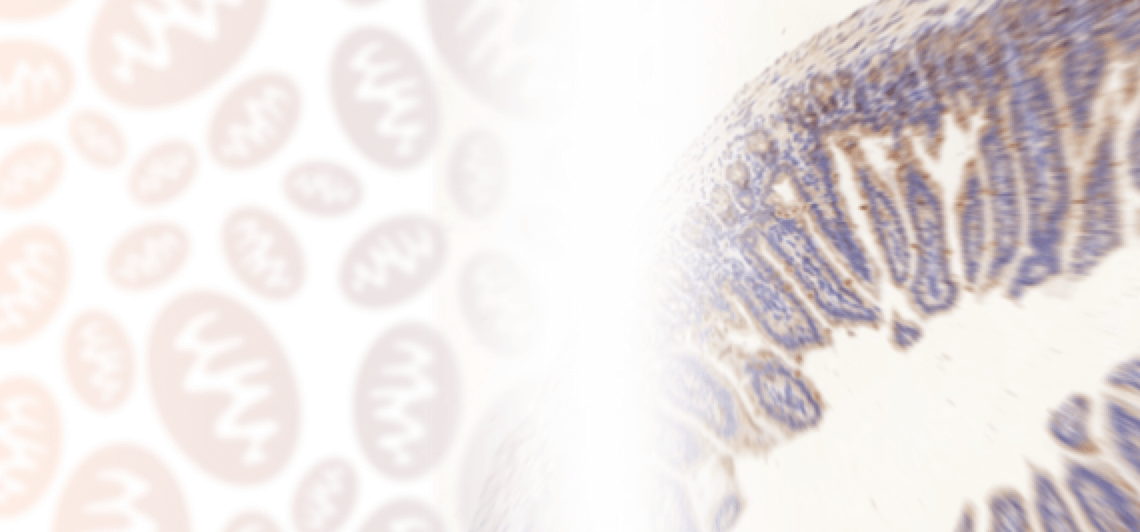Related articles
Secondary antibodies resources
Alexa Fluor secondary antibodies
Biotinylated secondary antibodies
Enhancing Detection of Low-Abundance Proteins
9 tips for detecting phosphorylation events using a Western Blot
Western Blotting with Tissue Lysates
Immunohistochemistry introduction
Immunohistochemistry and Immunocytochemistry
Immunohistochemistry troubleshooter
Chromogenic and Fluorescent detection
Preparing paraffin-embedded and frozen samples for Immunohistochemistry

Chromogenic and Fluorescent detection: differences and uses
When performing an Immunohistochemistry experiment, the antibody detection happens either via a fluorescent or a chromogenic reaction. These two methods have a similar outcome, but with different strengths and limitations.
Fluorescent detection relies on the conjugation of either the primary or the secondary antibody with a specific molecule (fluorophore) that can emit light when excited from a light source. The excitation usually occurs between 300 and 800nm, and this wide range allows for multiple fluorophores to be used at the same time to observe several locations on the sample.
Direct fluorescent detection uses a labelled primary antibody and indirect detection uses a secondary labelled antibody, which binds to the primary one.
Chromogenic labeling requires specific chemical reactions which are initiated by enzymes like HRP and other peroxidases conjugated with the primary or secondary antibody, depending on the type of detection.
When introduced in the sample, the liquid substrate reacts with the enzymes to create a color marking at the site of interest. These changes can be observed using standard microscopy techniques and do not require excitation by a light source.
Fluorescent detection allows for several markers to be used, so better localisation can be acheived, but it requires more sophisticated eqipment. On the other hand, chromogenic detection relies on chemical reactions, but it can be observed using concentional microscopy techniques, bypassing the need for light source excitation.
Target protein abundance:
The advantage of the chromogenic technique is that it has higher sensitivity when paired with signal amplification protocols, like incubation with either avidin-biotin complex or labeled streptavidin-biotin, which can both increase signal several fold when compared to a labeled secondary antibody.
Prolonged storage:
Compared to chromogenic labels, fluorescent ones are more likely to get photobleached under similar conditions. When this occurs, the signal becomes severely diminished and interfere with future experiments.
Because chromogenic detection happens with the substrate transitioning from liquid to solid state, the label is more durable, but still has to be handled carefully.
Number of targets labelled:
When comparing the two methods by the number of reagents available, fluorescent detection prevails. This method utilises different excitation wavelengths and intensities, which can't be used with chromogenic detection.
Fluorescent markers excel at visualising co-localization of two or more target proteins in the same cell structures, because under the same conditions chromogenic stains can blend or overlap, whereas fluorescent markers can be observed independently.
The overlay of several fluorescent readings from one sample can provide a complete picture of protein expression and interactions.
